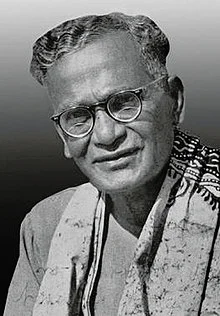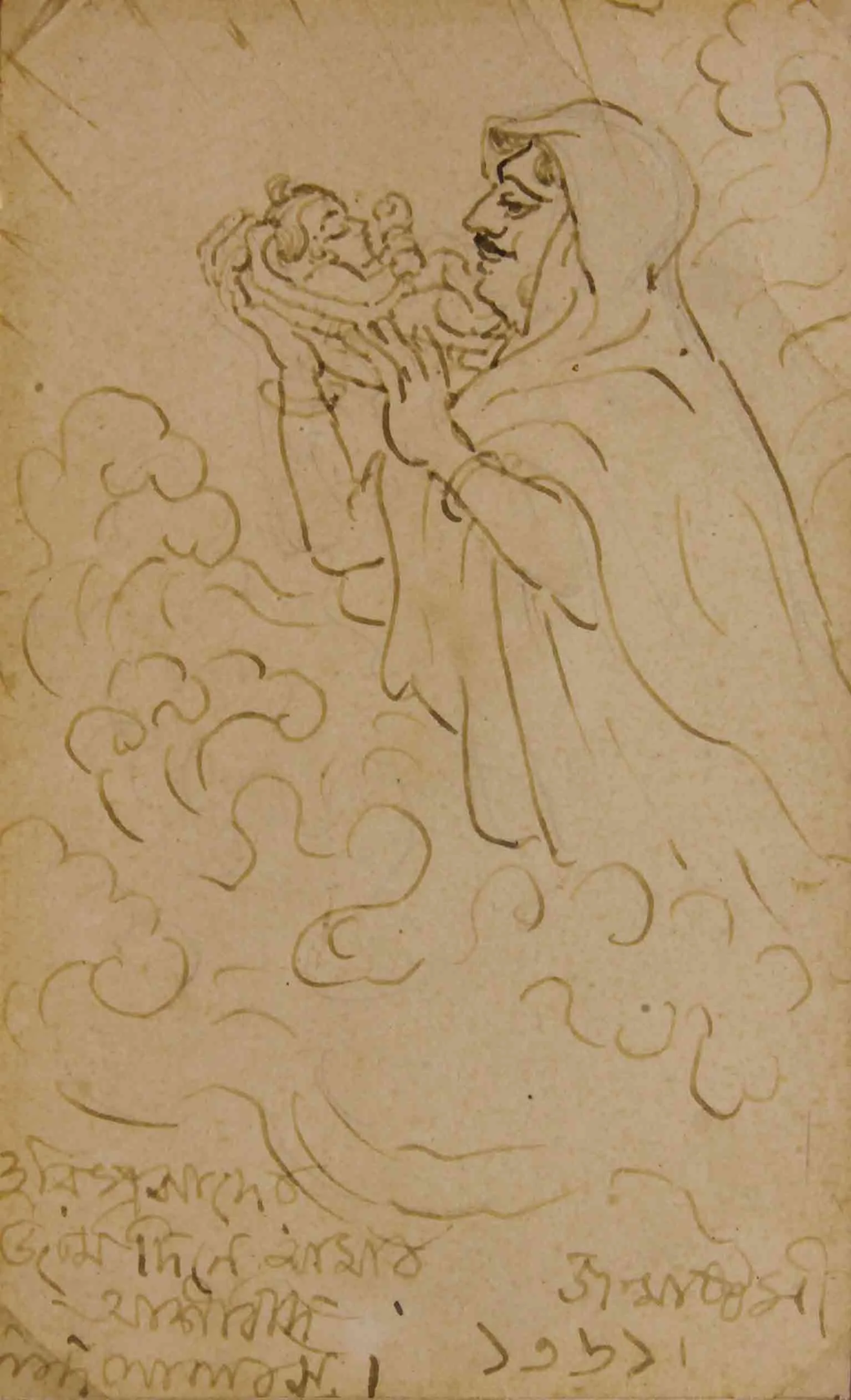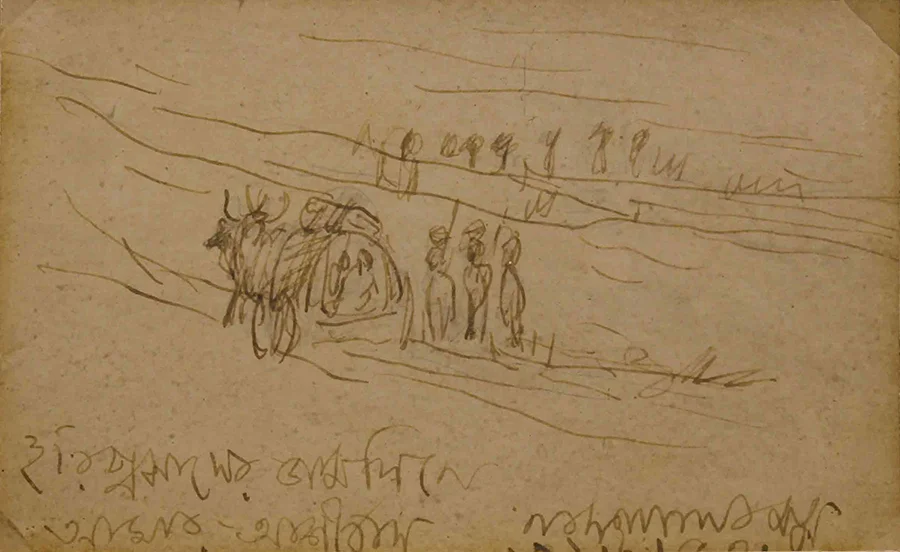
Artist: Nandalal Bose Masters
Education
Calcutta’s School Of ArtExhibitions
Nandalal Bose (1882-1966) a Bengali master painter who, imbibed with the spirit of nationalism, nurtured the ideology of Indian classical and traditional art early in his career. Since his school days, Nandalal was interested in art and made beautiful copies of Rabi Verma’s paintings and illustrated the poems of William Wordsworth. He got himself admitted to Calcutta Government Art College in 1905, went to santiniketan in 1914, but again returned to Calcutta and worked under Abanindranath Tagore at Jorashako. In 1923 he was invited by Rabindranath Tagore to join Santiniketan Kalabhaban as an artist-teacher and he continued there as a permanent resident-teacher. His dedication toward his students earned him the epithet of 'Mastermoshai' (reverend teacher). At the initiative of Sister Nivedita, Nandalal visited the Ajanta caves in 1924 with Lady Harringham and artist Asit Kumar Haldar where he made Nandalal Bose was a prolific artist, worked excellently in numerous media such as water colour, wash, tempera, wood-cut, lithograph, dry-point, pencil-sketch, pastel work, batik on cloth, Italian fresco, Jaipuri fresco and Ajanta style fresco. His best works are in wash, pen and ink drawings and fresco. Nandalal's fame rests on his works on Hindu religious and mythological themes. In rendering such works as Umar Tapasya, Sati, Natir Puja, he gave them an ideal classical touch by employing the Shilpa-Shastra or canons of Indian art through rhythmic lines, fine stippling, sensitive colours, and multi-perspective. In 1928 he rendered a famous fresco-buono painting on the wall of Shriniketan, which made him immortal. Nandalal’s work 'Satir Chitay Arohon' (Chaste Wife's ascent to the Funeral Pyre) exhibited in the Indian Society of Oriental Art, was highly acclaimed. Nandalal's greatness lies on the absorption of oriental art, especially Indian classical and medeival Mughal, and traditional Japanese art in rendering his fresco, wash, and pen-and-ink drawings. Nandalal's spirit of nationalism and allegiance to Gandhi and Congress was best manifested in his posters for the Haripura Congress in 1937. In 1955 he was awarded Padmabhusan. Some of his illustrious students were Mukul Dey, Pratima Thakur, Binod Bihari, Ramkinkar and Shabita Thakur.Showing all 2 results


